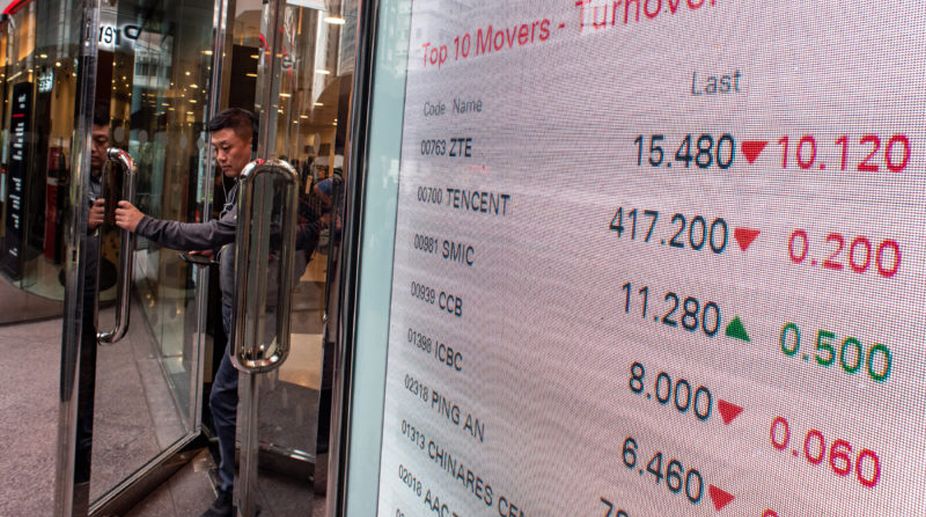The seemingly endless trade standoff between the US and China looks set to continue as US President Donald Trump has given approval on tariffs on Chinese goods amounting to over $50 billion.
The newest tariffs will come despite grumblings in the US market that Trump’s brinkmanship on trade has negatively impacted US industries.
Advertisement
On Thursday, US Soybean futures fell over 9 cents amid renewed trade tensions. July corn was 11 cents lower at 3.65 US dollars per bushel as of 1540 GMT, July wheat was 17.25 cents lower at 4.9925 dollars, July soybean was down 9 cents at 9.27 dollars.
The decline in soybean futures has been less than the grains overnight as traders await the decision from US President Donald Trump on Chinese trade tariffs, a decision that could be made as early as Friday morning US time.
Warnings
The IMF has released a statement warning the US over its protectionism saying that it would leave “losers on both sides.”
Tariffs from the United States have already prompted reciprocal measures from China, Canada and Mexico with the European Union unanimously approving reciprocal tariffs this week.
“The clouds on the horizon that we have signaled about six months ago are getting darker by the day- and, I was going to say, by the weekend,” said Christine Lagarde, the IMF Managing Director.
“The biggest and darkest cloud that we see is the deterioration that is prompted by the attempt to challenge the way in which trade is being conducted, in which relationships have been handled, and the way in which multilateral organizations have been operating.”
Pushback
Despite warnings from the IMF and the EU, the United States has pushed back on the precautionary words. A statement released from the United States Treasury Department said, in response to the IMF, that the US “differ significantly on the medium and long-term projections.”
“The Treasury Department believes that our policies, including the productivity-boosting mix of tax reform and regulatory relief, will result in more sustainable economic growth,” the statement said.
Trump also was bullish at and after the recent G7 meetings when he, alongside National Security Advisor John Bolton and Secretary of the Treasury Steven Mnuchin, refused to budge on their financial and trade policies.
Trump’s public spat with Justin Trudeau underlined the disagreements.
Chinese Reaction
In an editorial in China’s State Run (and ANN partner) China Daily, arguments were put forth that the US’ multilateralism is costing the superpower its credibility.
“Trump’s reckless decisions and actions have created serious problems for the rest of the world and are pushing the US toward isolation,” said the editorial.
“Does [the United States] still enjoy the international community’s respect despite its exceptional economic and military might? This question gained even more importance after the administration of US President Donald Trump decided to impose additional tariffs on $50 billion (42 billion euros; £37 billion) worth of Chinese imports (as well as imports from other economies) in spite of the deals reached between Chinese and US negotiators in mid-May.”
But while strong words have been said within the Chinese media, the government has made it clear that its willing to engage with the United States on trade issues.
Ministry of Commerce spokesman Gao Feng revealed that while there had been no bilateral talks between the two sides on trade disputes, the US did follow WTO procedures to open a dialogue following China’s petition that US trade practices violated WTO rules.











